Interdiction
Step into the The Mystical World of Incense Sticks: History, Benefits, and Rituals and let yourself be enveloped in their enchanting aroma. From ancient civilizations to modern spaces, the allure of incense has transcended time, weaving its way through traditions and cultures. In this article, we will delve into the captivating history and multifaceted uses of incense sticks.
Embracing the brand voice of serenity and wisdom, we invite you to explore the harmonious blend of fragrances and the spiritual significance behind each scent. Whether you seek tranquility, energy, or a deeper connection to the divine, incense sticks offer a sensory journey like no other.
Join us as we uncover the art of crafting incense sticks, the diverse materials used, and the meticulous blending techniques that ensure each stick exudes its unique essence. Discover the various rituals and ceremonies where incense plays a central role, imparting its sacred energy to sanctify and uplift spaces.
Indulge your senses and immerse yourself in the captivating world of incense sticks, where fragrance becomes a gateway to spiritual exploration and inner calm. Get ready to unlock the secrets of this age-old tradition and let the enchanting aroma lead you on a transcendental journey.
History and significance of incense sticks
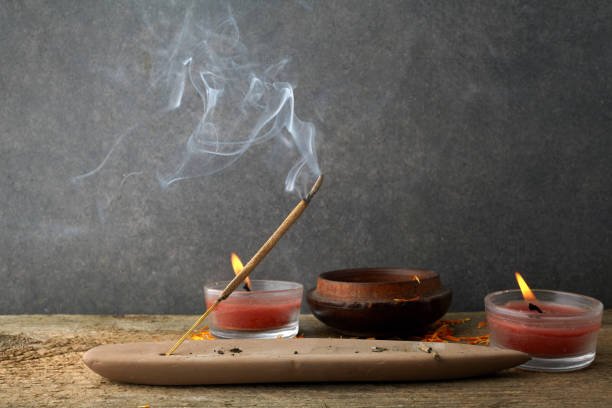
The alluring aroma of incense sticks has captivated human senses for millennia, weaving its way through the tapestry of history and culture. Tracing its origins back to ancient civilizations, the use of incense has long been intertwined with spiritual practices, religious rituals, and the pursuit of inner harmony.
Archeological evidence suggests that the earliest forms of incense were derived from fragrant resins, herbs, and spices, with cultures such as ancient Egypt, Mesopotamia, and China pioneering the art of incense-making. These aromatic substances were often burned during sacred ceremonies, believed to carry the prayers and devotions of the faithful to the divine realm.
Over the centuries, the significance of incense has evolved, but its mystical allure has remained steadfast. In the ancient world, the burning of incense was seen as a means of purification, a way to invoke the presence of the divine, and a tool for meditation and contemplation. The fragrant smoke was believed to carry messages, cleanse the air, and create a sacred ambiance, making it an integral part of many religious and spiritual traditions around the globe.
Different types of incense sticks
The world of incense sticks is as diverse as the cultures that have embraced its enchanting aroma. From the earthy and resinous scents of frankincense and myrrh to the sweet and floral notes of jasmine and lavender, the range of incense stick varieties is truly captivating.
One of the most well-known and widely used types of incense sticks is the traditional Indian incense, often crafted from a blend of natural ingredients such as sandalwood, cloves, cinnamon, and various herbs and spices. These incense sticks are renowned for their ability to create a calming and meditative atmosphere, transporting the user to a realm of inner peace and spiritual contemplation.
Another popular category of incense sticks is the Tibetan variety, which draws inspiration from the rich spiritual traditions of the Himalayas. These incense sticks often incorporate a blend of fragrant herbs, flowers, and resins, such as juniper, sage, and cypress, creating a harmonious and grounding scent that is believed to aid in meditation and promote a sense of inner balance.
Incense sticks can also be categorized by their method of production, with some being hand-rolled and others machine-made. The hand-rolled varieties, often crafted by skilled artisans, are renowned for their intricate designs and the unique character of each stick, while the machine-made versions offer a more consistent and uniform appearance, making them accessible to a wider audience.
The art of making incense sticks
The crafting of incense sticks is a true art form, requiring a delicate balance of ingredients, meticulous blending techniques, and a deep understanding of the properties and interactions of various fragrant materials.
At the heart of the incense-making process is the selection of high-quality raw materials, which can include a diverse array of natural substances such as resins, woods, flowers, herbs, and spices. Each ingredient is carefully chosen for its unique aromatic profile, as well as its potential to enhance the overall scent and burning properties of the incense stick.
The blending process, often a closely guarded secret passed down through generations, involves the precise measurement and combination of these fragrant ingredients. Master incense makers meticulously experiment with different ratios and techniques to create the perfect balance of scents, ensuring that each stick delivers a harmonious and captivating aroma.
Once the blend is perfected, the incense mixture is carefully rolled or extruded into the familiar stick shape, a process that requires great skill and attention to detail. In some traditions, the incense sticks are then coated or dipped in additional fragrant oils or powders, further enhancing their scent and visual appeal.
The final stage of the incense-making process is the curing and drying phase, where the sticks are allowed to rest and develop their full aromatic potential. This crucial step ensures that the incense sticks release their fragrance in a controlled and consistent manner, allowing users to fully immerse themselves in the enchanting aroma.
Benefits of using incense sticks
The use of incense sticks has long been associated with a wide range of benefits, both physical and psychological, making it a valuable tool for personal well-being and spiritual exploration.
One of the primary benefits of incense sticks is their ability to promote relaxation and reduce stress. The calming and soothing fragrances released by the burning incense have been shown to have a positive effect on the mind and body, helping to alleviate anxiety, lower blood pressure, and induce a state of tranquility.
In addition to their stress-relieving properties, incense sticks are also believed to have purifying and cleansing effects on the environment. The fragrant smoke produced by the burning incense is thought to help neutralize and dispel negative energies, creating a more harmonious and uplifting atmosphere in both personal and shared spaces.
For many, the use of incense sticks is closely tied to their spiritual and religious practices. The act of lighting an incense stick and allowing its fragrance to fill the air is often seen as a way to connect with the divine, invoke the presence of deities or sacred entities, and create a sacred space for meditation, prayer, and contemplation.
Beyond their spiritual and emotional benefits, some types of incense sticks have also been associated with potential health advantages. Certain fragrant ingredients, such as frankincense and myrrh, have been studied for their anti-inflammatory and antimicrobial properties, making them useful in promoting respiratory health and supporting the immune system.
Popular scents and their effects
The world of incense sticks is a veritable symphony of scents, each with its unique properties and potential effects on the mind and body. From the earthy and grounding aromas to the uplifting and energizing fragrances, the range of incense stick scents is truly captivating.
One of the most beloved and widely used incense stick scents is sandalwood, known for its warm, woody aroma and its ability to promote relaxation and inner calm. Sandalwood incense is often used in meditation and spiritual practices, as its soothing fragrance is believed to help clear the mind and deepen the connection to the divine.
Another popular incense stick scent is that of frankincense, a resin derived from the Boswellia tree. Frankincense incense is prized for its rich, resinous aroma and its potential to elevate mood, enhance focus, and create a sense of spiritual awareness. The fragrance of frankincense is often associated with ancient religious rituals and ceremonies, making it a powerful tool for those seeking a deeper connection to the sacred.
For those seeking a more stimulating and energizing experience, incense sticks infused with the scent of clove or cinnamon can be a captivating choice. These spicy and warming fragrances are thought to help boost alertness, improve concentration, and even enhance creativity, making them a popular choice for those engaged in intellectual or creative pursuits.
Floral scents, such as jasmine and lavender, are also widely used in incense sticks, offering a more delicate and soothing aroma. These gentle fragrances are often associated with feelings of tranquility, emotional balance, and enhanced sleep quality, making them a valuable tool for relaxation and self-care.
Using incense sticks for relaxation and meditation
The use of incense sticks has long been intertwined with the practices of relaxation and meditation, offering a sensory experience that can deepen the connection to the present moment and facilitate a state of inner calm.
When used in the context of relaxation, the enchanting aroma of incense sticks can have a profound effect on the mind and body. The soothing fragrances released by the burning incense have been shown to trigger the release of neurotransmitters, such as serotonin and dopamine, which can help alleviate stress, reduce anxiety, and induce a state of deep relaxation.
By creating a peaceful and serene environment, the use of incense sticks can also enhance the effectiveness of various relaxation techniques, such as deep breathing exercises, progressive muscle relaxation, and mindfulness meditation. The captivating scent can help to anchor the mind in the present moment, allowing the practitioner to let go of distractions and fully immerse themselves in the restorative process.
For those engaged in the practice of meditation, incense sticks can be a powerful tool for deepening the experience and facilitating a state of heightened awareness and inner calm. The act of lighting an incense stick and allowing its fragrance to fill the air can serve as a focal point for the mind, helping to quiet the chatter of the ego and promote a deeper state of concentration and introspection.
Moreover, the symbolic nature of the burning incense stick, with its rising smoke representing the journey from the physical to the spiritual realm, can be a powerful visual aid in meditation, aiding the practitioner in their quest for self-discovery and spiritual enlightenment.
Tips for choosing and using incense sticks
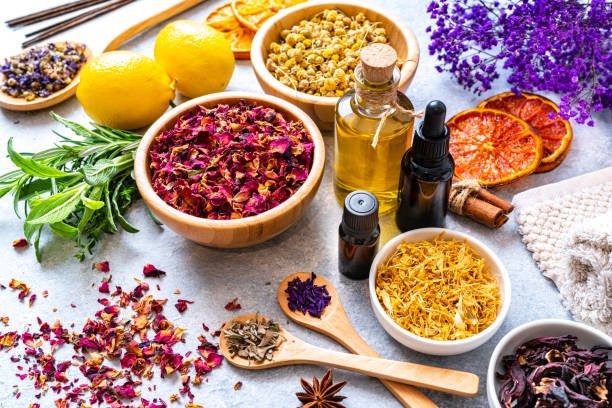
Navigating the vast and diverse world of incense sticks can be a captivating journey, but it’s important to keep a few key tips in mind to ensure a safe and enjoyable experience.
When selecting incense sticks, it’s essential to choose high-quality, natural ingredients that are free from synthetic additives or harsh chemicals. Look for incense sticks that are made from natural resins, herbs, and essential oils, as these are more likely to provide a pure and authentic fragrance experience.
It’s also important to consider the specific scent profile that you’re drawn to, as different incense stick varieties can have vastly different effects on the mind and body. Experiment with a range of scents, from calming and grounding to uplifting and energizing, to find the ones that resonate most with your personal preferences and needs.
When using incense sticks, it’s crucial to ensure proper safety measures are in place. Always burn incense sticks in a well-ventilated area, away from flammable materials, and never leave a burning incense stick unattended. It’s also a good idea to use a heat-resistant incense holder or burner to contain the ash and prevent any potential fire hazards.
To maximize the benefits of incense sticks, it’s recommended to establish a consistent ritual or practice. Light an incense stick at the same time each day, in a dedicated space, and allow yourself to fully immerse in the captivating fragrance. This can help to create a sense of mindfulness, routine, and a deeper connection to the practice.
Finally, it’s essential to listen to your body and intuition when using incense sticks. If a particular scent or blend doesn’t resonate with you, don’t hesitate to try something new. The world of incense is vast and diverse, and the right fragrance for you may be just a few sticks away.
Cultural and religious uses of incense sticks
The use of incense sticks has been deeply woven into the fabric of various cultures and religious traditions around the world, serving as a powerful tool for spiritual expression, ritual purification, and the creation of sacred spaces.
In the ancient civilizations of Egypt, Mesopotamia, and China, the burning of incense was an integral part of religious ceremonies and temple rituals, believed to carry the prayers and devotions of the faithful to the divine realm. The fragrant smoke was seen as a means of communication with the gods, a way to invoke their presence and seek their blessings.
The rich spiritual traditions of India have also embraced the use of incense sticks, with the fragrant smoke playing a central role in Hindu and Buddhist practices. In Hinduism, the burning of incense is often used during puja (worship) rituals, as well as in the preparation of sacred spaces and the honoring of deities. In Buddhism, incense sticks are commonly used in meditation, as a way to purify the mind and create an atmosphere conducive to spiritual contemplation.
The use of incense sticks is also deeply rooted in the cultural and religious practices of the Middle East, where the resinous scents of frankincense and myrrh have been revered for centuries. In the Islamic faith, the burning of incense is often associated with the welcoming of guests, the cleansing of spaces, and the creation of a serene and contemplative atmosphere during prayer and dhikr (remembrance of God).
Beyond the realms of organized religion, the use of incense sticks has also found a place in various Indigenous and pagan traditions, where the fragrant smoke is believed to have the power to connect individuals with the natural world, the elements, and the unseen forces of the universe. In these contexts, the burning of incense is often used as a means of divination, healing, and the invocation of ancestral spirits.
Conclusion: The enduring allure of incense sticks
The enchanting aroma of incense sticks has captivated the senses of humanity for millennia, weaving its way through the tapestry of history, culture, and spiritual practice. From the ancient civilizations of the East to the modern-day spaces we inhabit, the allure of incense has remained steadfast, offering a sensory experience that transcends time and place.
As we have explored in this article, the world of incense sticks is a rich and multifaceted one, encompassing a diverse array of scents, materials, and traditions. Whether you seek the calming and grounding influence of sandalwood, the uplifting and energizing essence of cinnamon, or the deeply spiritual resonance of frankincense, the incense stick offers a gateway to a realm of inner exploration and self-discovery.
Beyond their aesthetic and olfactory appeal, incense sticks have long been revered for their ability to promote relaxation, enhance meditation, and create a sacred ambiance. The act of lighting an incense stick and allowing its fragrance to fill the air can be a powerful tool for personal well-being, spiritual growth, and the cultivation of a harmonious and uplifting environment.
As we move forward, it is clear that the enduring allure of incense sticks will continue to captivate and inspire, transcending the boundaries of time and culture. Whether you are a seasoned practitioner or a newcomer to the world of incense, the enchanting aroma and the rich tapestry of traditions that surround it offer a truly transformative and deeply rewarding experience.
So, let the enchanting aroma of incense sticks guide you on a journey of self-discovery, relaxation, and spiritual exploration. Embrace the mystical world of fragrance and allow it to unlock the secrets of your inner being, as you unlock the secrets of the age-old tradition of incense.
Here are some FAQs that you can include in your blog about incense sticks:
Incense sticks are typically made from a blend of natural ingredients, including resins, herbs, spices, and essential oils. The base is often a wood powder, like bamboo or sandalwood, which is mixed with fragrant oils or powders and rolled into a stick shape.
Burning incense sticks can help create a calm and serene atmosphere, reduce stress, promote relaxation, and enhance meditation practices. Certain scents like sandalwood or lavender are known for their ability to promote tranquility and mindfulness.
Choosing the right incense stick depends on your purpose. For relaxation and meditation, go for calming scents like sandalwood, lavender, or jasmine. For energy or focus, try incense with cinnamon or clove. Experiment with different fragrances to find what resonates best with you.
Yes, incense sticks vary by type and origin. Indian incense sticks are often made from sandalwood, cloves, and cinnamon, while Tibetan incense is crafted from herbs and resins like juniper and sage. Some sticks are hand-rolled, offering a unique character, while others are machine-made for consistency.
While incense sticks are primarily used for their aroma, some types like frankincense and sage are believed to have purifying properties. They can help clear negative energies and create a more harmonious space.
Always burn incense sticks in a well-ventilated area, using a heat-resistant holder to catch the ash. Keep them away from flammable objects, and never leave them unattended while burning.
Yes, incense sticks are widely used in meditation to help calm the mind and deepen focus. The soothing aroma can enhance mindfulness, creating a peaceful environment that encourages introspection and spiritual connection.
Certain types of incense, like frankincense and myrrh, have been studied for their potential anti-inflammatory and antimicrobial properties. However, it’s important to burn them in moderation and ensure proper ventilation to avoid potential respiratory issues.
Popular scents include sandalwood for relaxation, lavender for stress relief, frankincense for spiritual awareness, and cinnamon or clove for energy and focus. Each fragrance offers unique benefits depending on your mood or intention.

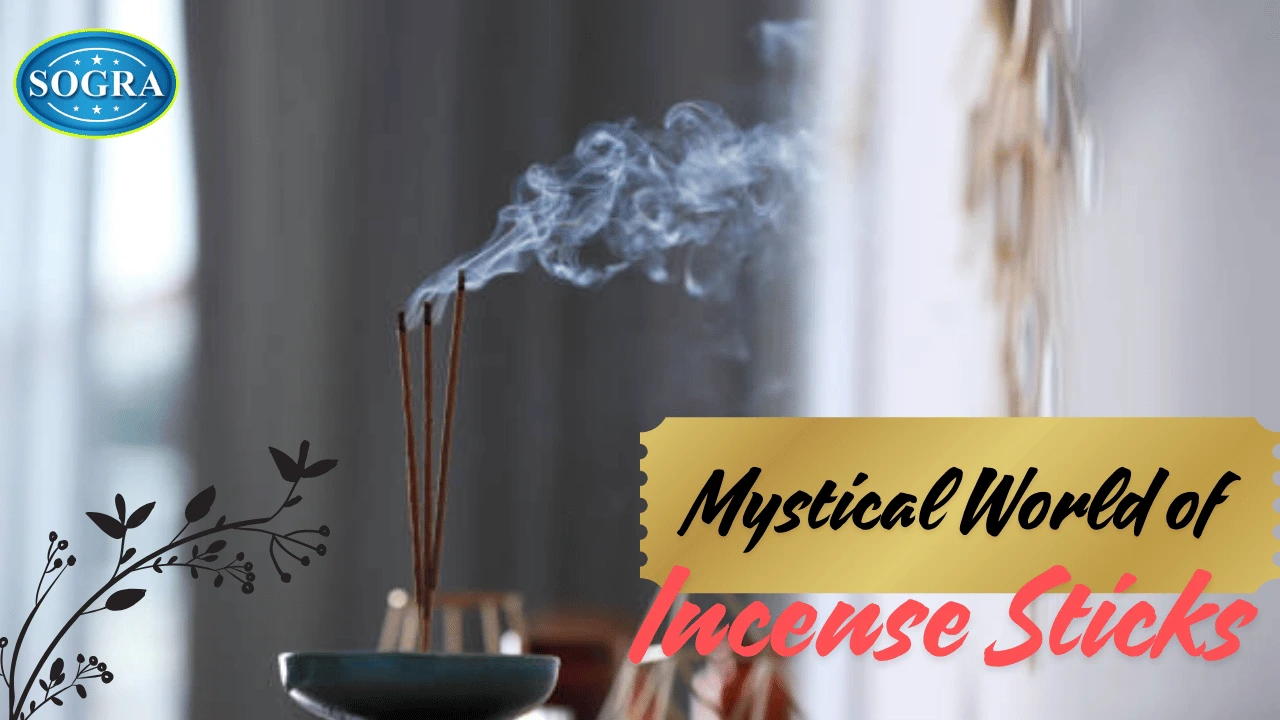
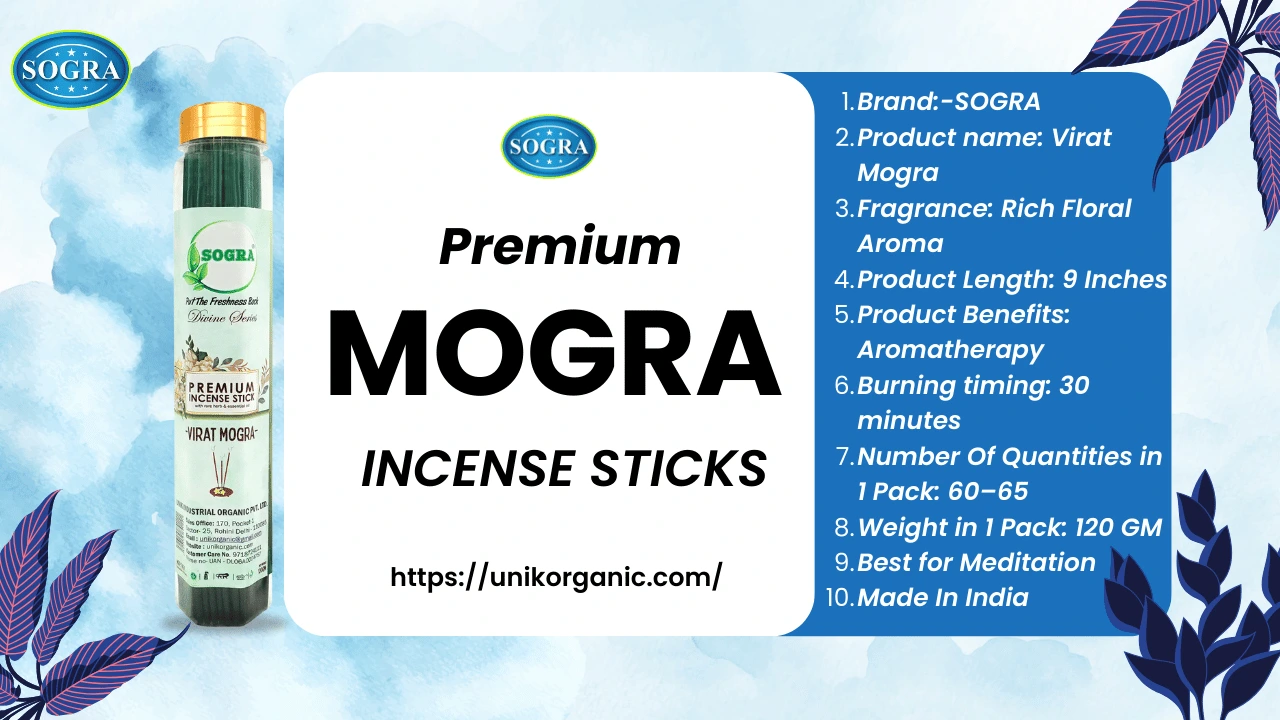

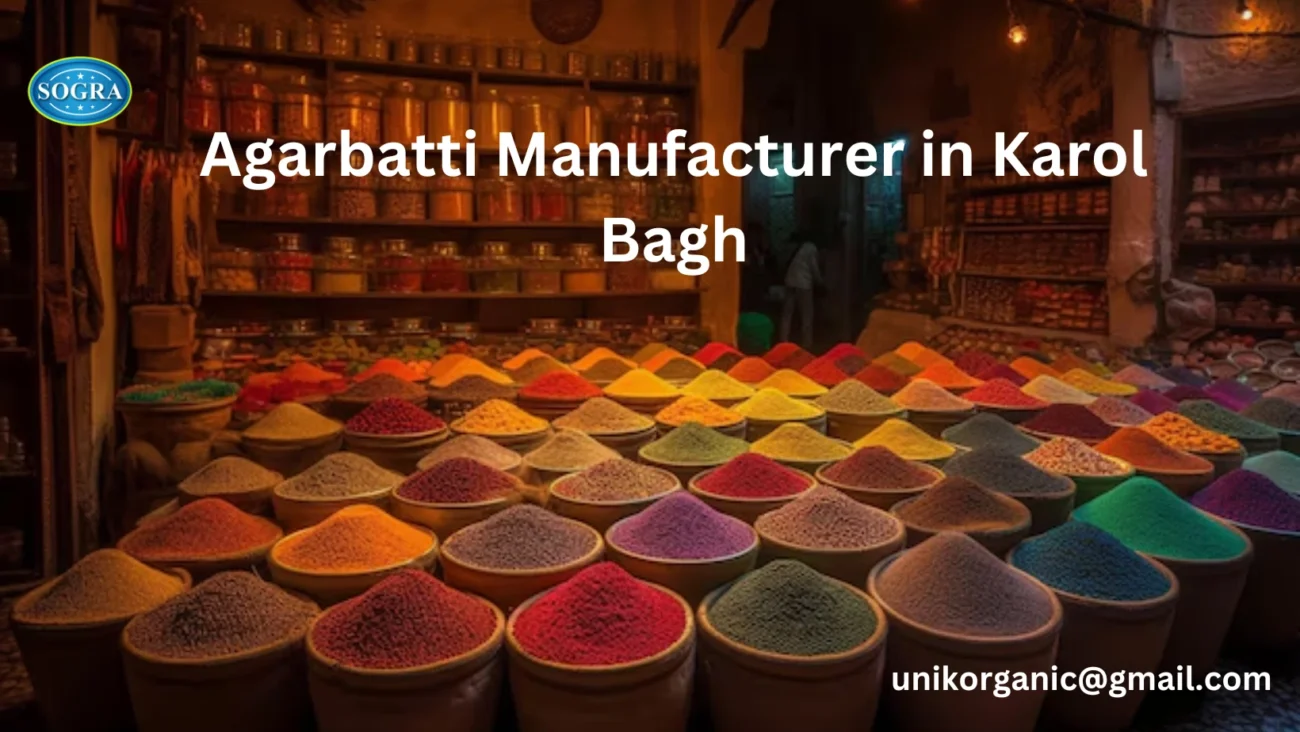
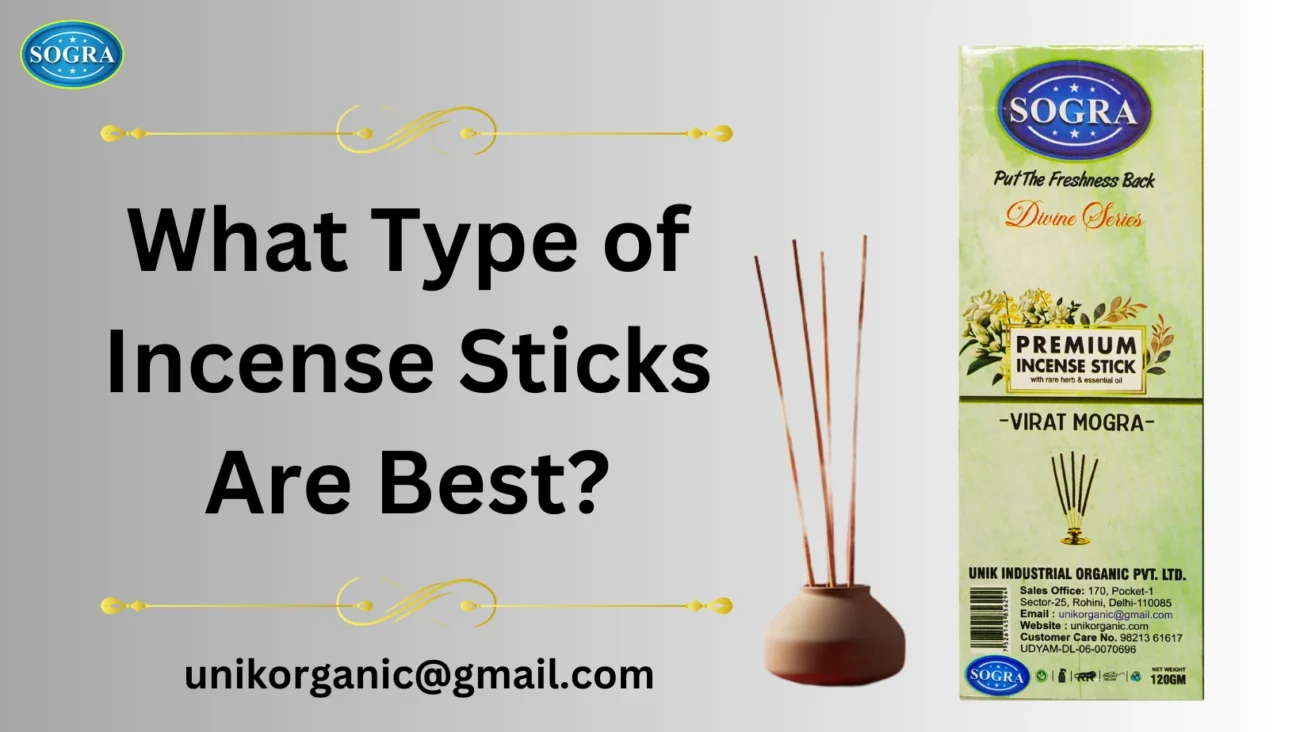



Leave a comment